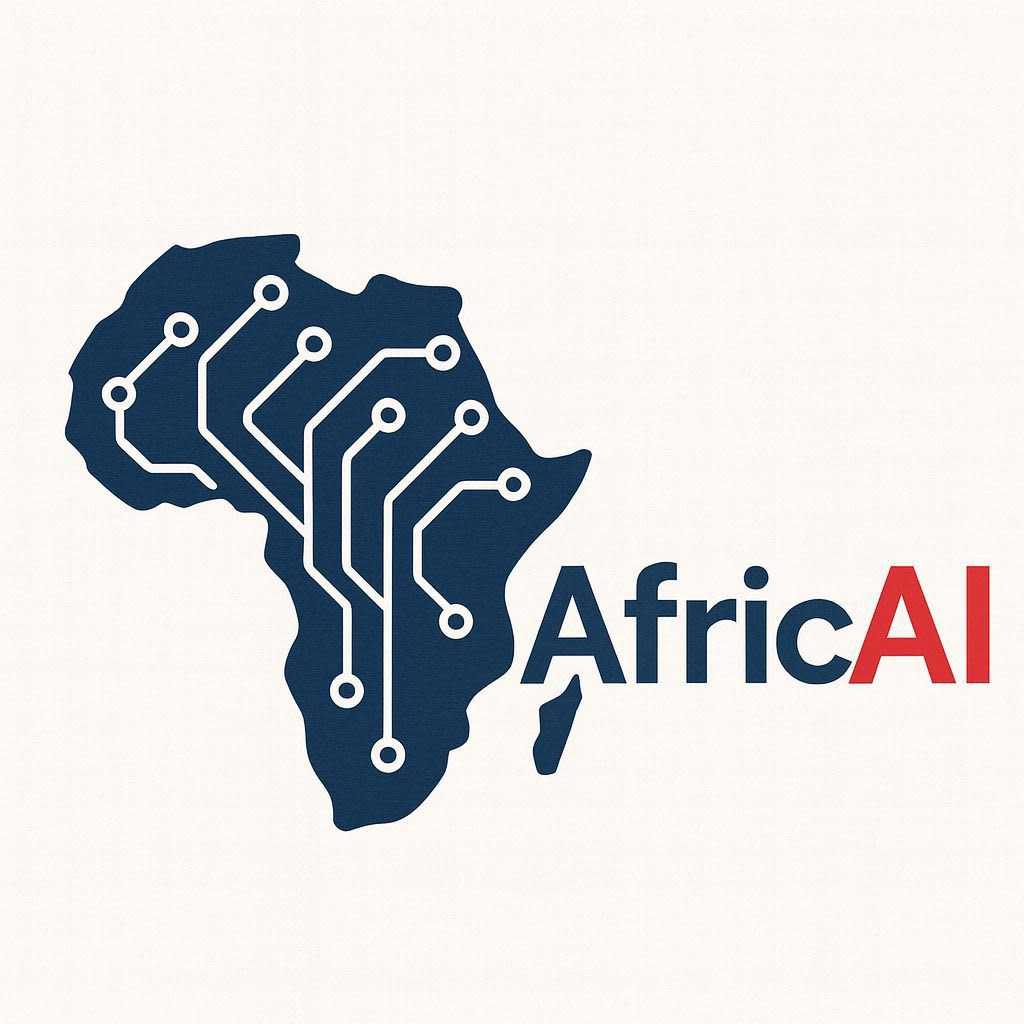August 19, 2025, Polkadot (DOT), the native cryptocurrency of the Polkadot blockchain, soared 8% to $4.18 after investors rallied behind the blockchain Polkadot 2.0 upgrade and as speculation persisted that the Securities and Exchange Commission (SEC) could authorise a spot crypto exchange-traded fund (ETF) in the coming months.
Polkadot, with a market capitalisation of 6.71 billion and a 24-hour trading volume of 411 million, is reasserting itself as a high-ranking altcoin. The technical gains, rise in the ecosystem, and the overall health of the market has analysts predicting a possible breakout to over $5 or more in September.
Polkadot 2.0 Stokes Momentum
Polkadot 2.0, which recently came up in one of the roadmap updates by core developers Alice & Bob, has awakened the community. Such an innovative overhaul makes it better at being scalable and interoperable. It defines the so-called Hub to serve streamlined user and developer experiences, such as wallets, stablecoins, and Ethereum integration.
More than 2 million activations on the user-owned social graph of Frequency and the reintroduction of the Polkadot Staking Dashboard with multi-chain support heavily point to the development of its ecosystem. The adoption of 50+ parachains by Dune Analytics is further evidence that Polkadot has achieved widespread adoption, facilitating seamless communication between chains for decentralised applications (dApps). These advancements make Polkadot the pioneer in Web3 infrastructure, where X-posts about its Web3 invisibility facilitate millions of transactions daily.
Frenzy of Investors Hope for FT-ETF
The question about a potential spot Polkadot ETF has strengthened within the speculation box after 21Shares resubmitted an amendment to its S-1 registration form at the U.S. Securities and Exchange Commission on July 8. It is based on an earlier filing in June 2025, and the move signalled an increased institutional interest in DOT as a regulated investment vehicle. More than 80 per cent of investors betting on ETF approvals in altcoins like Solana and Litecoin in 2025 could see Polkadot’s market entry flood the market with substantial capital.
Coinotag analysts opine that DOT will hit the $50 mark in case fundamentals are maintained, noting that developer activity and community governance reforms can reinvigorate confidence. The possibility of mainstream adoption with an ETF has resulted in an increase in trading volume by 109.9% indicating higher levels of excitement in the trading environment.
Technical Breakout Indicates Positive Texture
Technically, DOT is showing potential in terms of the price action. Critical support at $3.96 was defended, and the token moved above a resistance level at $4.10; forming a bullish higher low formation, says CoinDesk Research. Prolonged buying pressure is witnessed in the Relative Strength Index (RSI) at 62, and a positive MACD shows that it is the bulls leading the game.
TradingView analysts see the following targets: a close destination $4.50, and, in case of the completion of the cup-and-handle pattern, the maximum of $5. A drop below this, however, may result in DOT revisiting $3.85, but with strong on-chain fundamentals, such as 1.5 billion circulating tokens, there may be good support. The Cryptonews long-term forecast sees a high of $9.87 in 2025, with some judging that it could reach even $44.09 by 2030 in the case of an increased rate of adoption.
Governance Reforms enforce Community Trust
OpenGov and governance improvements such as the attention to diversity and accountability during Cohort 5 have strengthened community trust where Polkadot transitioned to OpenGov. The suggestion of streamlining spending by treasury is trending, made by itsbirdo who is concerned about the degree of decentralization which happened in 2022. The nominated model of proof-of-stake (NPoS) network and Phragmen election scheme are expected to sustain a high level of security and stakeholder participation.
Events and the overall market volatility led to a weekly 5 per cent drop. Still, the Polkadot fundamentals are strong given the innovative multi-chain structure that finds comparisons with Ethereum at a stage and time. As Polkadot continues its technical and governance upgrades, the recent rally of DOT tokens has put it among the best altcoins that will make a difference in 2025.













 Bitcoin
Bitcoin  Ethereum
Ethereum  Tether
Tether  XRP
XRP  USDC
USDC  Lido Staked Ether
Lido Staked Ether  TRON
TRON  Cardano
Cardano  Avalanche
Avalanche  Toncoin
Toncoin  Solana
Solana